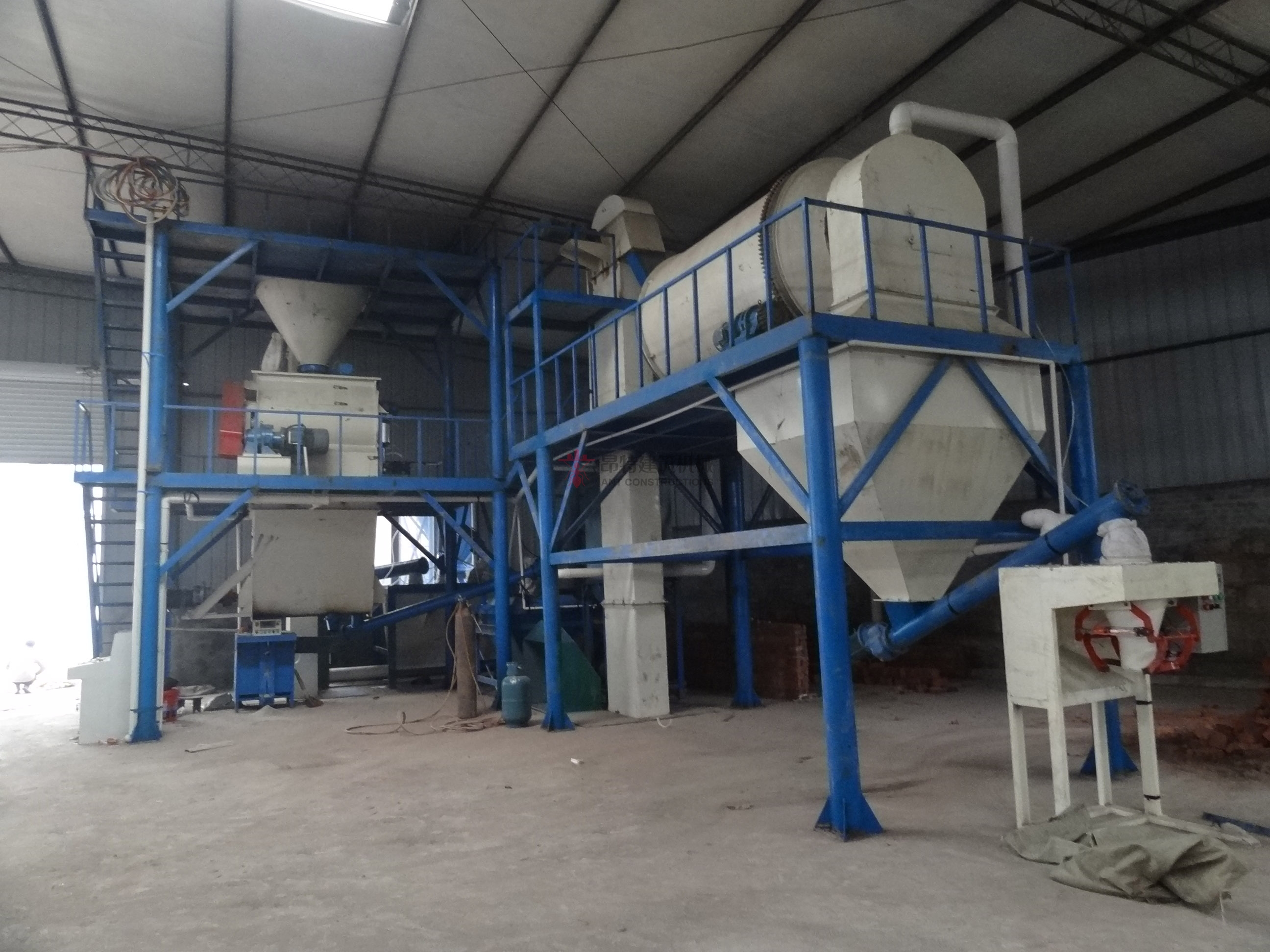Broken reasons& solution- EIF's thermal insulation system
Author:ANT CONSTRUCTIONS Comefrom: Createdate:2020/11/16 10:56:08 Hits:76
Broken reasons& solution- EIF's thermal insulation system

At present, domestic large, medium and small cities have basically enforced external wall insulation on buildings. Now we analyze the main factors affecting EIF‘s external wall insulation systems broken and what treatment solutions should be taken:
Water and steam-Broken reasons& solution for EIF's thermal insulation system
In order to avoid damage to buildings by water and steam, insulation materials with waterproof performance, good hydrophobicity and good water vapor permeability should be selected. Avoid wall condensation or increase of moisture during migration of water and steam. Improve the resistance to rain and snow erosion and freeze-thaw resistance of the building's external insulation layer.
Thermal stress-Broken reasons& solution for EIF's thermal insulation system .
Thermal expansion and contraction caused by temperature stress changes will cause the volume changes of the non-structural layer, making it always in an unstable state. Therefore, temperature stress and shrinkage stress are one of the main destructive forces for the EIF's external wall insulation of the buildings. Compared with buildings such as bungalows and villas, high buildings have a larger surface area exposed to sunlight, so stress and deformation are greater. Therefore, when designing or selecting materials for thermal insulation and anti-cracking structures, the performance of the selected thermal insulation materials should conform to the gradual change of flexibility, and use the principle of softness to overcome the rigidity to absorb, release, and deform stress.
Earthquake force-Broken reasons& solution for EIF's thermal insulation system .
Earthquake forces can cause large-scale building structures and thermal insulation surfaces squeezing, shear or distort. The greater the rigidity of the thermal insulation surface, the greater the seismic force it will withstand, and the more serious the damage may be. This requires the insulation layer to have considerable firmness. The insulation surface layer must have a certain degree of toughness to disperse and absorb seismic stress, and prevent the surface of the insulation layer from cracking, peeling or even falling off under the seismic force.
Wind pressure-Broken reasons& solution for EIF's thermal insulation system .
Generally speaking, positive wind pressure produces thrust force and negative wind pressure produces suction force. They will cause great damage to the insulation layer of the EIF's, especially the high buildings. This requires that the external insulation layer should have considerable wind pressure resistance. Practice has proved that the insulation layer is strengthened, and the edge-sealing structure can effectively avoid the damage of wind pressure, especially the external insulation layer of negative wind pressure.
Durability-Broken reasons& solution for EIF's thermal insulation system :
Generally, the external insulation layer and the building should have the same service life, and the service life should be more than several decades. This requires us to pay attention to its durability and firmness when choosing external thermal insulation materials to avoid external thermal insulation accidents.
Fire-Broken reasons& solution for EIF's thermal insulation system .
In order to improve the fire rating, it is necessary to understand the fire rating when choosing external insulation materials.







